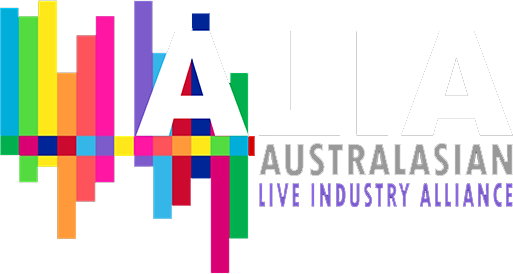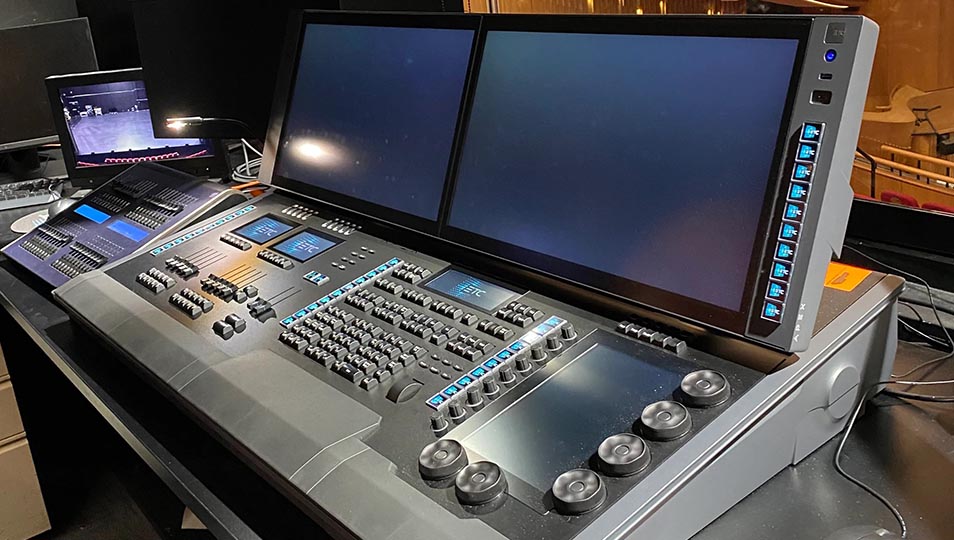Facing the challenge of upgrading their stage lighting control systems, Adelaide Festival Centre turned to ETC’s flagship EOS Apex consoles. This case study explores how the installation of ETC Apex 10 and Apex 5 consoles has enhanced the lighting operations across multiple venues within the Centre, accommodating a variety of performance types and improving overall efficiency and functionality.
Adelaide Festival Centre needed to upgrade their existing lighting control systems to handle the increasing technical demands of modern performances. The original hardware, despite its reliability, was no longer sufficient to leverage the full capabilities of the latest EOS software features. The goal was to integrate a state-of-the-art system that could seamlessly operate across multiple venues, each with its unique performance requirements.

“As one of the first venues in Australia to receive the EOS Ti back in 2013, we found the EOS software very intuitive, closely mirroring the operation of our previous Strand 500 series consoles. This familiarity made it an easy decision to invest in the EOS ecosystem,” said Martin Howard, Head of the Lighting Department at Adelaide Festival Centre. “A decade later, with the software outgrowing the original hardware, upgrading to the APEX consoles was a natural progression to fully utilise the advanced features.”
The Solution
ETC Apex 10 and Apex 5 Consoles
The Adelaide Festival Centre purchased three Apex 10 consoles and one Apex 5 console plus backup processors. The new consoles, part of ETC’s flagship line of lighting control consoles, were integrated into the existing sACN backbone, enabling a straightforward plug-and-play upgrade with minimal changes needed for installation.
Key Features and Benefits:
• Large 4K Touchscreens: The Apex consoles’ 4K touchscreens reduce the need for external monitors, consolidating essential information for programmers. “This is especially useful in confined spaces like production desks or rear stalls setups,” noted Martin.
• RDM Functionality: The ability to troubleshoot and solve problems directly from the console saves time and effort, especially when fixtures are difficult to access. “This allows us to address fixture issues remotely without the need to lower bars or access difficult spots,” added Martin.
• 24K Parameter Count: Suitable for large-scale productions, the 24K parameter count allows for efficient distribution of lighting fixtures. “It’s perfect for our large productions, ensuring we can accommodate a wide range of fixtures without limitations,” explained Martin.
• Augment3d Feature: This feature simplifies programming moving lights in the XYZ space, making complex setups more manageable.
• Customisable I/O Garage: This allows for flexible console configuration outputs to meet the specific needs of different shows.
• Backlit Keys and Side ‘Booklights’: These features make programming easier in dark control rooms or auditoriums. “Small touches like the backlit keyboard and side ‘booklights’ significantly improve our programming sessions in dimly lit environments,” Martin mentioned.
System Design and Integration
Plug-and-Play Upgrade:
The Apex consoles were seamlessly integrated into the existing sACN backbone, allowing for a straightforward transition with minimal disruption to ongoing operations.
Enhanced Connectivity:
The Apex consoles feature six Ethernet ports, including four standard etherCON Gigabit ports and two 10-Gigabit SFP+ ports, providing high-speed infrastructure for lighting networks. “With multiple Ethernet ports, we can efficiently separate different network communications, reducing the risk of crosstalk or overload,” Martin stated.
Future-Proofing:
The inclusion of fibre network connectors ensures that the consoles are ready for future data-heavy applications. “While our current setup doesn’t require fibre connections, having them available ensures we’re prepared for future technological advancements,” Martin explained.
Advanced Troubleshooting:
With RDM functionality, lighting issues can be resolved from the console without needing physical access to fixtures, a significant advantage in complex stage setups. “Our ability to change DMX distribution directly from the console, thanks to RDM, is a game-changer for our operations,” Martin mentioned.
The Outcome
The integration of the ETC Apex consoles has transformed lighting operations at Adelaide Festival Centre. The advanced features and high parameter count have enabled more complex and dynamic lighting designs, enhancing the overall production quality, and their versatility allows them to handle various performance types, from theatre and dance to opera and musicals.
“Many touring shows come to our venues with pre-programmed EOS show files, which seamlessly integrate with the APEX consoles. This compatibility simplifies our operations significantly,” Martin highlighted. “The continuous development of the EOS software means our programmers can easily adapt to the latest features without a steep learning curve.”
Andrew Maher, Business Development Manager at Jands, added, “We are delighted that the Adelaide Festival Centre has once again chosen to place their trust in the ETC Eos family of consoles. The Centre is one of Australia’s leading performing arts institutions and we look forward to the seeing the productions these consoles contribute to.”
“Jands has consistently provided excellent support, from product supply to technical assistance and training. I would highly recommend the APEX consoles to any performing arts venue,” concluded Martin.




















































